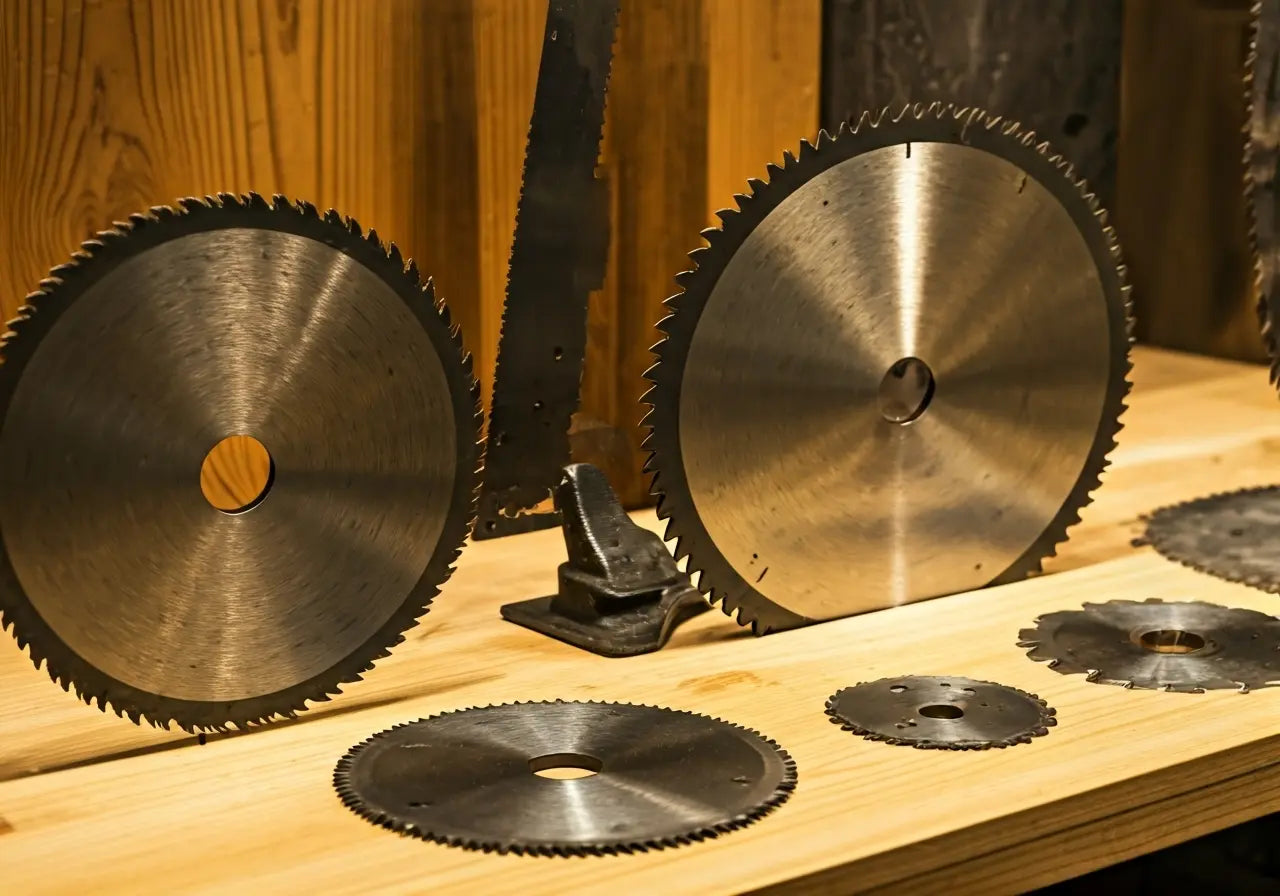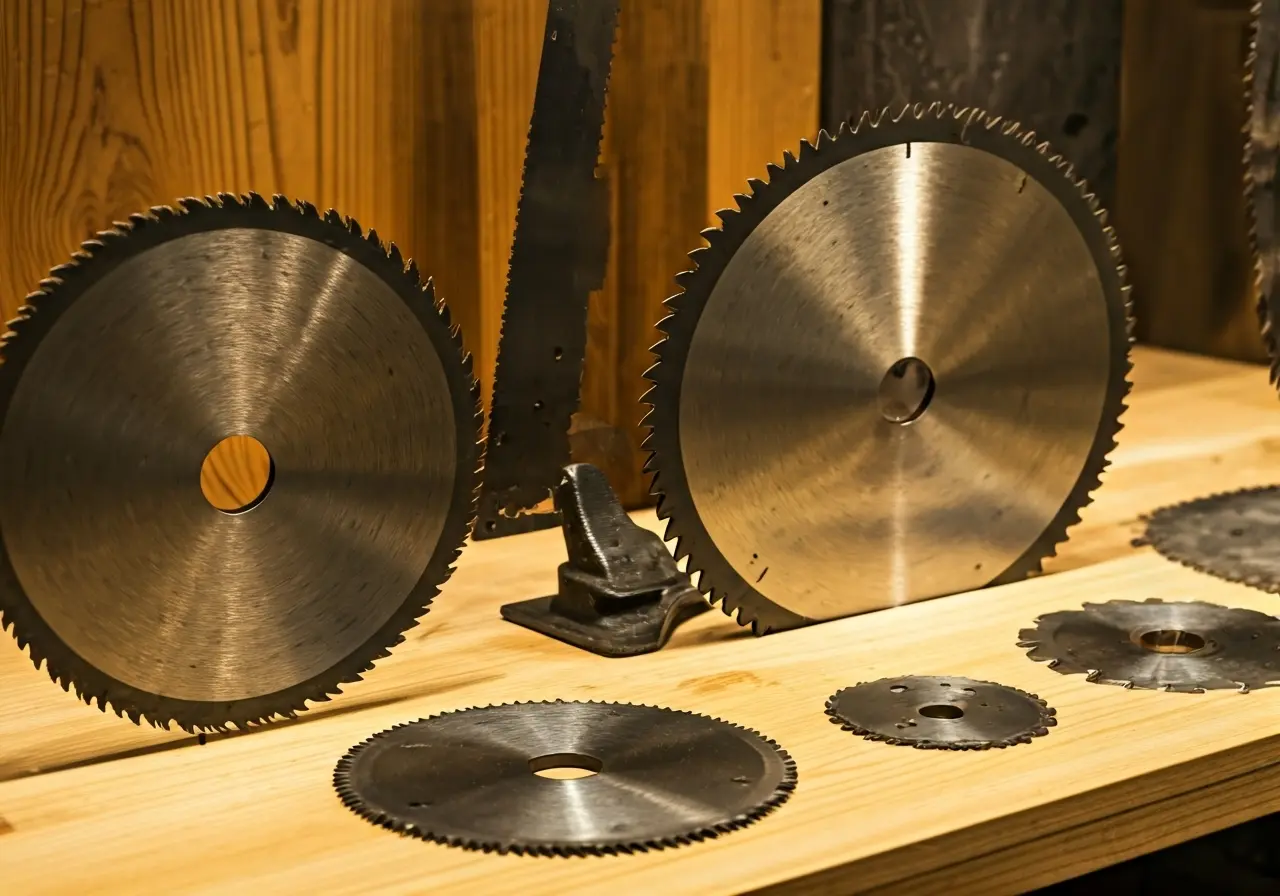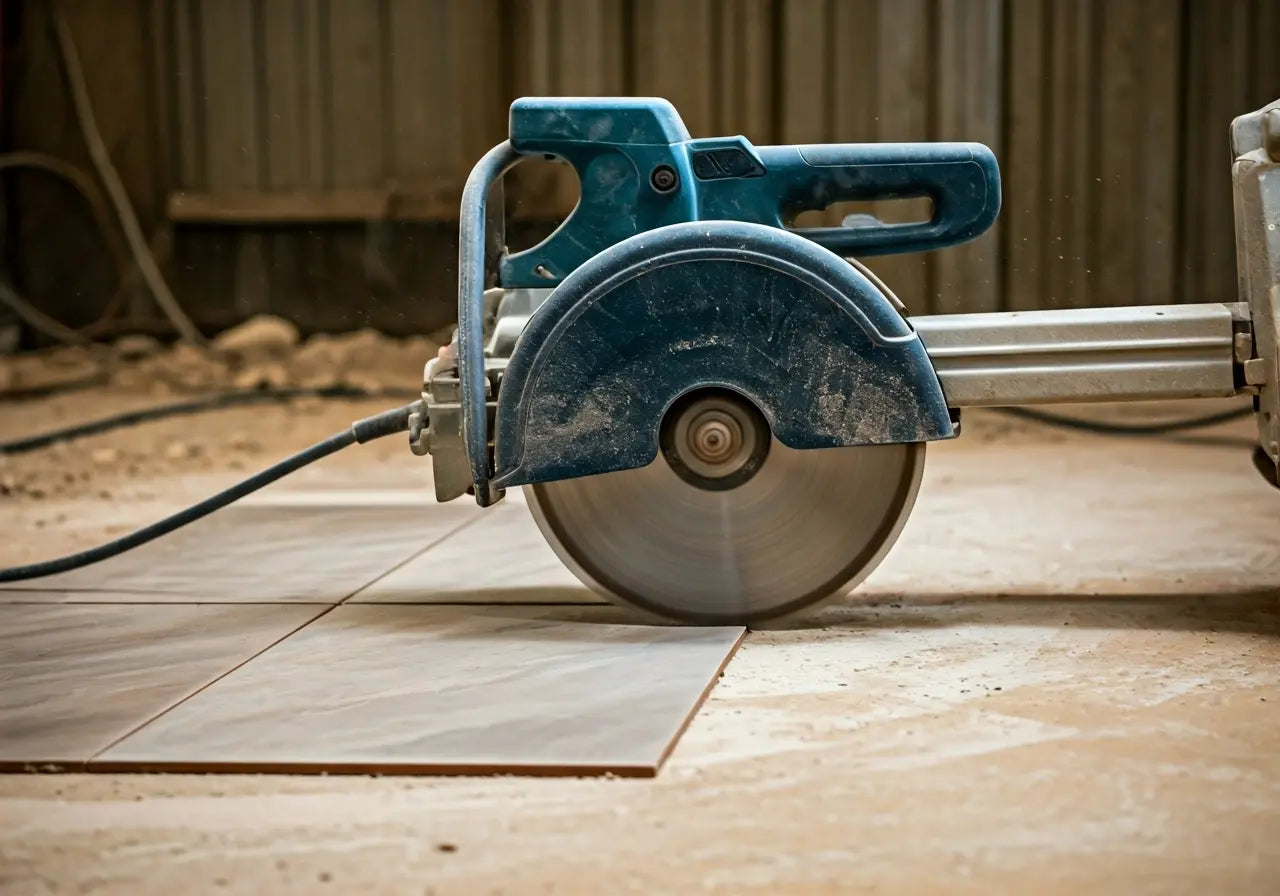Saw blades come in a variety of shapes, sizes, and materials, each designed for specific tasks and materials. Understanding these differences is essential for choosing the right blade for your project. In this blog post, we’ll explore the various types of saw blades and their applications to help you make informed decisions for your cutting needs.
The Basics of Saw Blade Anatomy
Before diving into the specifics, it’s important to understand the basic anatomy of a saw blade. This includes the teeth, gullet, kerf, and the material used. Each of these components plays a role in the blade’s performance and suitability for different tasks. The teeth are the cutting part of the blade, and they come in various designs depending on the cutting requirement. The gullet is the space between the teeth, allowing for chip removal during cuts. The kerf is the width of the cut made by the blade, which directly affects the amount of material removed. Finally, the material of the blade, often steel or carbide, determines durability and cutting capability.
Understanding these components can greatly enhance your selection process when choosing a saw blade. For instance, a blade with a larger gullet is typically used for faster, more aggressive cuts, ideal for ripping through wood swiftly. Conversely, a finer tooth blade with a smaller gullet is better suited for delicate, precision work like finish carpentry. Furthermore, the kerf size is crucial for minimizing waste, especially in expensive materials. Thus, knowing these details can arm you with the knowledge needed to optimize both the effectiveness and efficiency of your cutting technique.
Circular Saw Blades: Versatility and Precision
Circular saw blades are among the most common types, known for their versatility and precision. We’ll discuss the different tooth configurations and materials that make certain circular saw blades ideal for cutting wood, metal, or plastic. These versatile tools can be equipped with carbide-tipped blades which are renowned for their longevity and ability to cut a wide array of materials without frequent changing.
For those dealing with woodworking, a blade with an ATB (Alternate Top Bevel) configuration is a solid choice as it provides clean cuts with minimal chip-out, perfect for trimming and finish work. When it comes to cutting metals, a TCG (Triple Chip Grind) blade is preferable because it’s engineered to withstand the hardness and density of materials like aluminum and steel, ensuring a smooth and burr-free cut. Meanwhile, plastic cutting requires blades with a high tooth count that reduces the risk of melting the material during operation. Such versatility in design makes circular saw blades indispensable in both professional and home settings, empowering users with the precision needed for a range of tasks.
Rip Blades vs. Crosscut Blades
Understanding the difference between rip blades and crosscut blades can significantly impact the outcome of your project. Rip blades are designed for fast, straight cuts along the wood grain, while crosscut blades offer smoother cuts across the grain. Rip blades generally have fewer teeth, which allows for a larger gullet. This design helps remove material quickly and efficiently when cutting along the grain of the wood.
On the other hand, crosscut blades have more teeth per inch, offering a finer and smoother finish when cutting across the grain. This is crucial in projects where the finish of the cut edge is visible or critical to the structural integrity of the joinery. Additionally, for those tackles complex woodworking projects, a combination blade—which merges features of both rip and crosscut blades—might be more suitable, offering flexibility without the need for constant blade changes.
Specialized Blades for Unique Materials
Some projects require cutting materials like ceramic tile, concrete, or metal. For these tasks, specialized blades such as tile-cutting blades or diamond blades are essential. We’ll cover their unique features and ideal applications. Tile-cutting blades often have a continuous rim design that minimizes chipping on delicate surfaces, while diamond blades incorporate diamond grits along the cutting edge, providing extremely efficient and clean cuts on hard materials like brick and stone.
Another specialized category encompasses abrasive blades, particularly designed for cutting through hard metals. These blades consist of composite materials with an impregnated abrasive grain, helping tackle the toughest materials. As the demands of construction and fabrication diversify, having the right blade tailored to specific materials not only improves worker safety but optimizes the cutting process.
Blade Maintenance and Longevity
To ensure your saw blades last longer and perform at their best, proper maintenance is key. This section will provide tips on cleaning, sharpening, and storing your blades to maximize their lifespan.
Regular cleaning prevents resin and pitch build-up on the blades, which can dull teeth and reduce cutting efficiency. Warm soapy water or specialized blade cleaning solutions can be used for this purpose. For maintaining sharpness, consider using a diamond or carbide file to hone the edges, or have them professionally sharpened if you’re unsure. Proper storage is equally essential; blades should be hung individually or stored in a dedicated case to avoid contact and accidental dulling. By following these simple maintenance procedures, you can extend the life of your blades and ensure every cut is as precise as the first.
Making the Right Cut: Your Guide to Saw Blades
Choosing the right saw blade for your project can make all the difference in the quality and efficiency of your work. By understanding the different types of saw blades and their specific uses, you can ensure a precise and clean cut every time. Whether you’re a DIY enthusiast or a professional, knowing your tools is key to achieving the best results. Visit iQ Power Tools for a comprehensive range of innovative saw solutions that keep your workspace efficient and tidy.






اترك تعليقًا
This site is protected by hCaptcha and the hCaptcha Privacy Policy and Terms of Service apply.